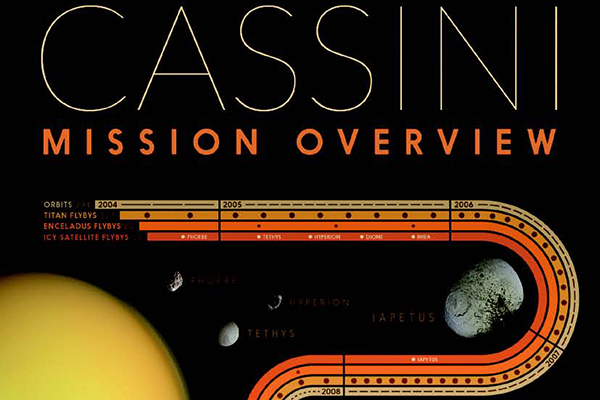Immagini "pioniere". Dalla Space Art allo Space Advertising
DOI:
https://doi.org/10.15168/xy.v2i4.49Abstract
In questo articolo si definiscono e si discutono le immagini “pioniere” disegnate per favorire la conquista di nuovi spazi mentali oltre che cosmici, prodotte dalle e per le agenzie spaziali pubbliche e private americane per sensibilizzare l’opinione pubblica e prepararla a nuovi modi di abitare e a nuovi mondi abitabili. Verrà evidenziato l’uso dei linguaggi grafici, dell’illustrazione, del graphic design e dell’infografica all’interno dei progetti delle agenzie aerospaziali, dove arte e scienza si sposano dando vita ad efficaci immagini informative e persuasive. L’articolo si focalizza sulle campagne di comunicazione visiva che negli ultimi anni hanno trovato larga diffusione in rete grazie all’uso dei social network, come le campagne della NASA e dell’agenzia spaziale SpaceX disegnate per l’esplorazione e la colonizzazione interplanetaria.
Riferimenti bibliografici
CICALÒ, E. 2016. Graphic Intelligence/Intelligenza grafica. XY dimensioni del disegno, 2, 54-67.
COMTE, P., LIPSEY, S., WILLEKENS, P. 1997. Space art and education. Acta astronautica, 41(4-10), 701-705.
CORNEILLE, P. 2015. Artist’s Impressions in Astronomy and Planetary Science. A Global Audience for the New Race to the Moon, 8.
GUID, A., DE CHIARA, V., HOUDOU, B. 2002. Influence of art on space science. In 53 rd International Astronautical Congress of the International Astronautical Federation(IAF), Houston, TX.
LONG, K. F. 2012. From Imagination to Reality. In K.F. LONG (Ed.) Deep Space Propulsion. A roadmap to interstellar fly. New York: Springer (pp. 325-344)
MALINA, R. F. 1989. Space Art As Public Art: The Artist As Space Researcher. In Delicate Balance: Technics, Culture and Consequences, (pp. 260-266). IEEE.
MILLER, R. 1996. The archaeology of space art. Leonardo, 29(2), 139-143.
RAITT, D., GYGER, P., D’AILLEURS, M., WOODS, S. A. 2001. Innovative Technologies from Science Fiction for Space Applications.
SMITH, P. M. 2013. Merging Space Industry Analysis with Graphic Design and Fine Art. In AIAA SPACE 2013 Conference and Exposition (p. 5356).
TCHARFAS, J. 2015. Space Tourist. Science Museum Group Journal, 4(04).
VAN RIPER, A. 2013. Imagining Tomorrow: Why the Technological Future We Imagine Is Seldom the One We Get. Synesis: A Journal of Science, Technology, Ethics & Policy, 4.
WYATT, R. 2011. Visualising Astronomy: Visualising Exoplanet Data. Communicating Astronomy with the Public Journal, 11, 32.
WYATT, R. 2012. Science visualisation within a planetarium setting. In CAP2007 Conference Proceedings.
WYATT, R. 2012. Visualising Astronomy: Visualising Exoplanets. Communicating Astronomy with the Public Journal, 12, 37.


